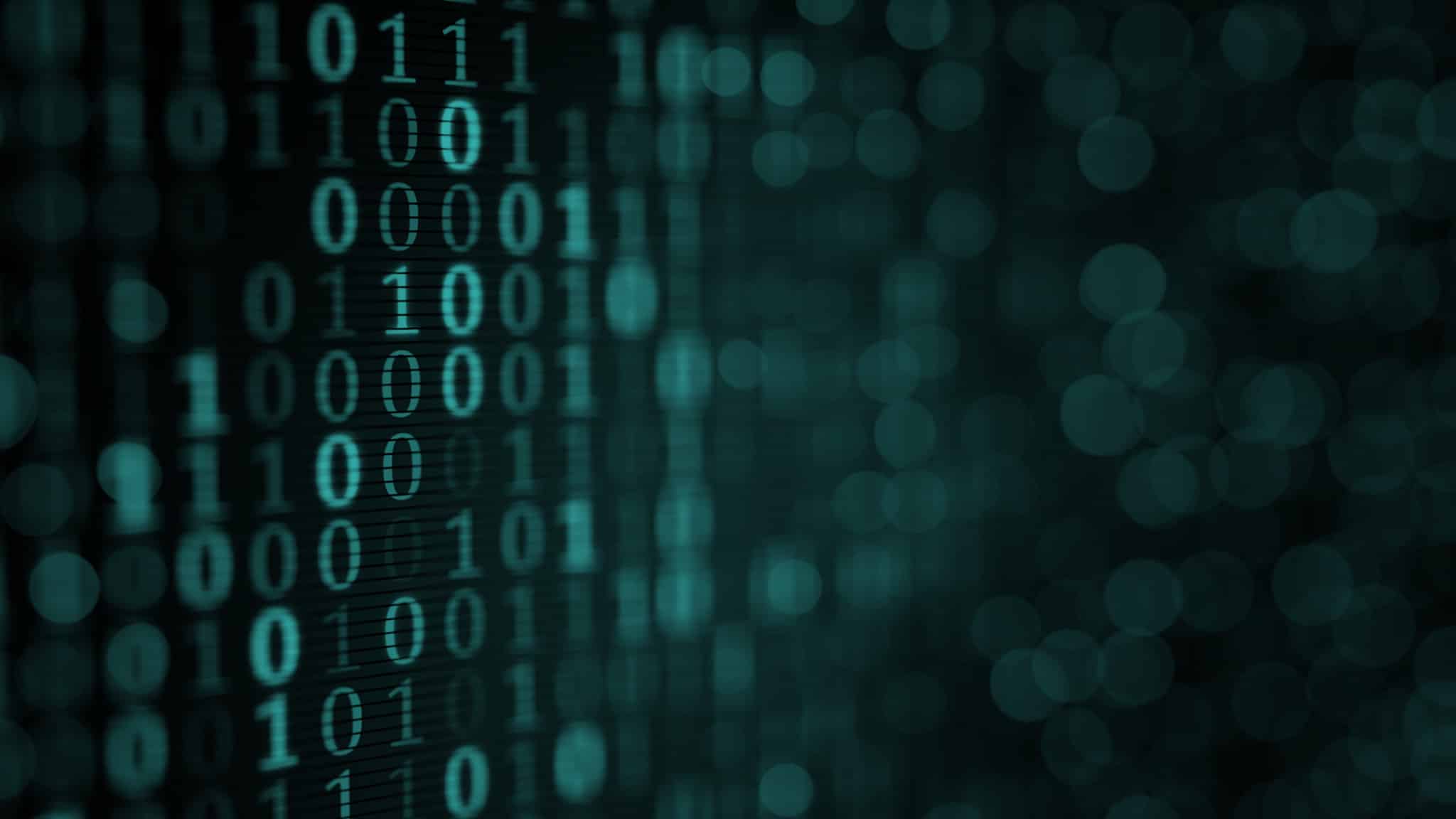
Topics & Speakers
At European Publishing, the best media makers in Europe presented their strategies and talked about the future of the industry. These were the speakers in 2025.
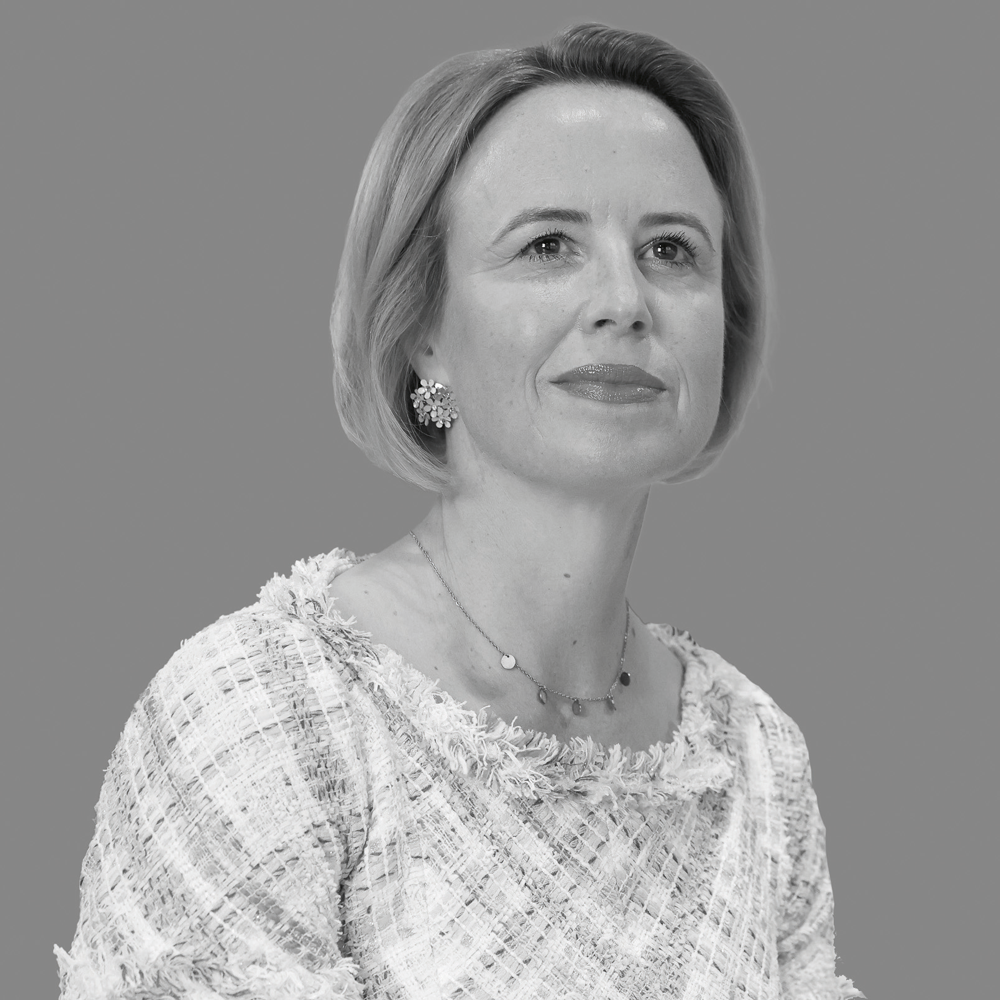
Keynote
Independent media and critical readers as pillars of our democracies
Why we need not only economically independent media, but also a media-critical society. Reflections by Julia Becker, publisher of the Funke Media Group.
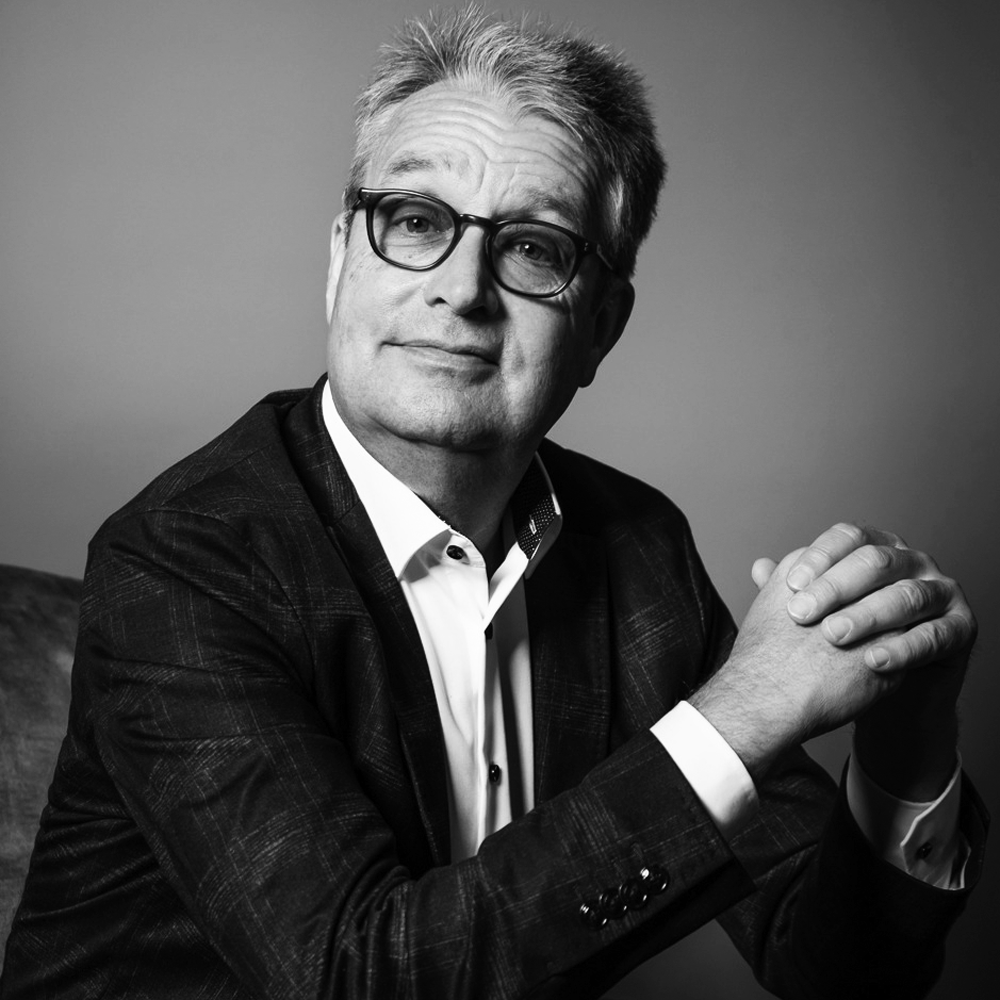
Keynote
Life in the age of over-digitalisation
Why the media should reinvent itself. By Gabor Steingart, founder of Pioneer, Germany.
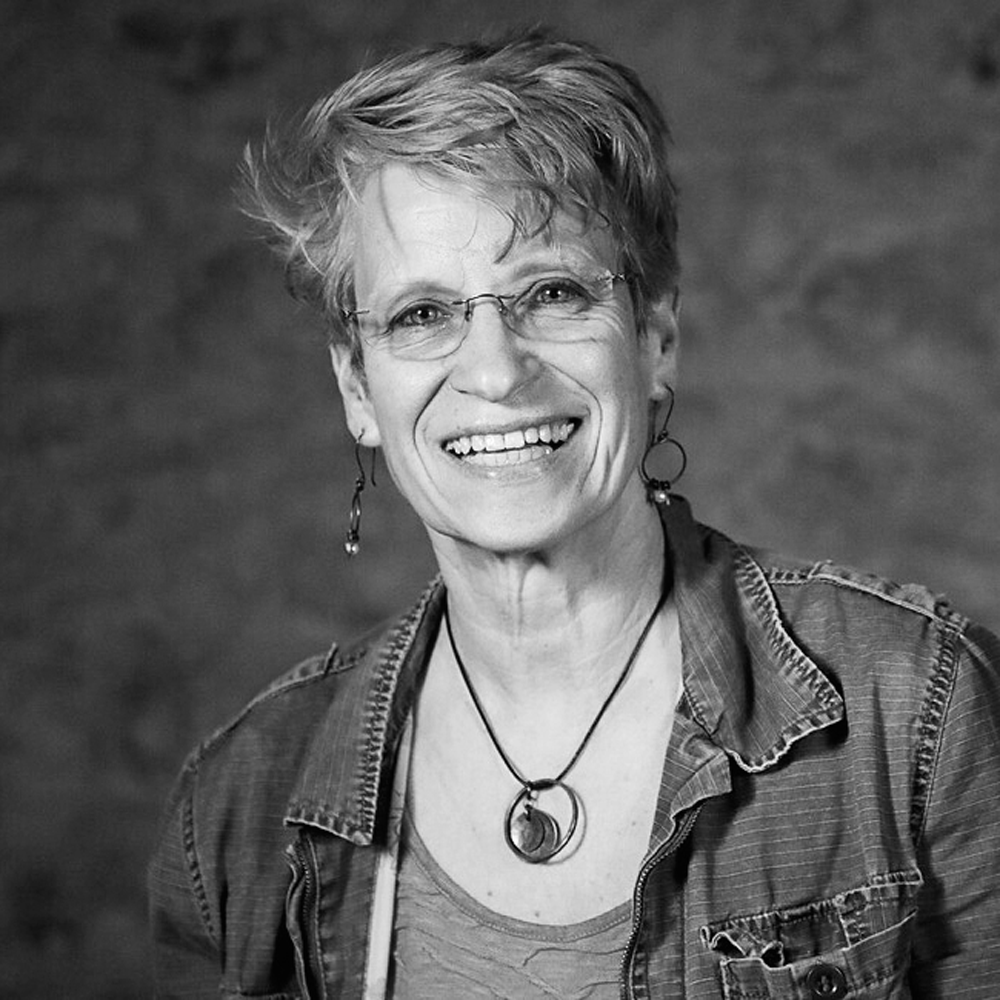
AI usage in the USA
How AI is fuelling local journalism in the USA
LLMs, Gen AI and AI tools are no longer just the preserve of large media companies in the USA. On the contrary: AI is increasingly helping small and very small editorial teams and publishers to launch projects that would be far too expensive and labour-intensive without AI - e.g. setting up another newsletter or providing comprehensive coverage of local sporting events. AI also helps small media companies in particular to make their processes more efficient in the backend - e.g. in the automated evaluation and answering of emails or in the AI-supported maintenance of the calendar of events and topics.
This session by Ulrike Langer will focus on interesting local cases from the USA, best practices to emulate and relevant AI tools for local news providers.
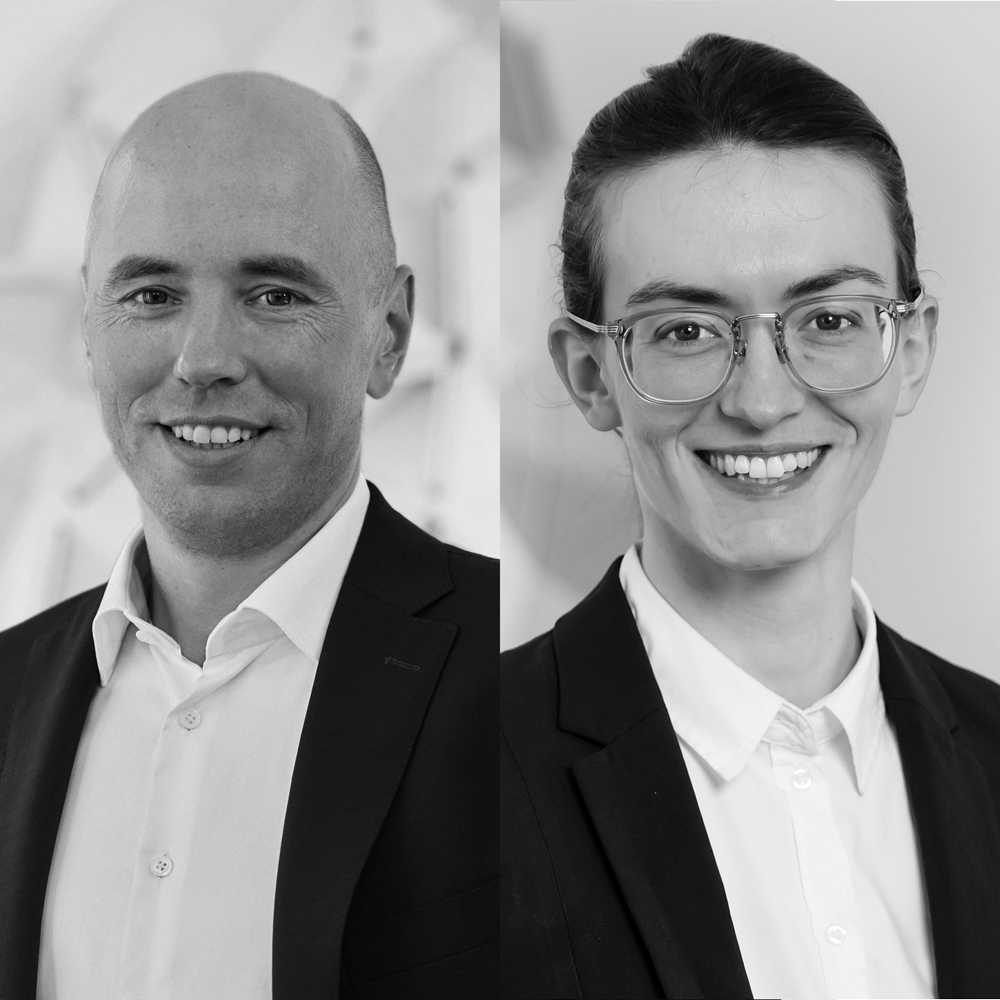
Rethinking transformation
Away from the watering can - why targeted management is the key to successful transformation
The transformation of the publishing business takes time, economic clarity - and a new way of thinking. Away from the watering can and towards a differentiated view of print and digital: not every subscriber is equally profitable in the print product, not every conversion to digital products makes sense. The key lies in differentiation: if you know your customers better, you can manage them in a more targeted way - and thus buy yourself valuable time for a sustainable transformation. Sebastian Petrusch and Katharina Lowinski from Richard Consulting use practical examples to explain how this new approach can open up important room for manoeuvre. And why print and digital should be seen as complementary channels rather than opposites.
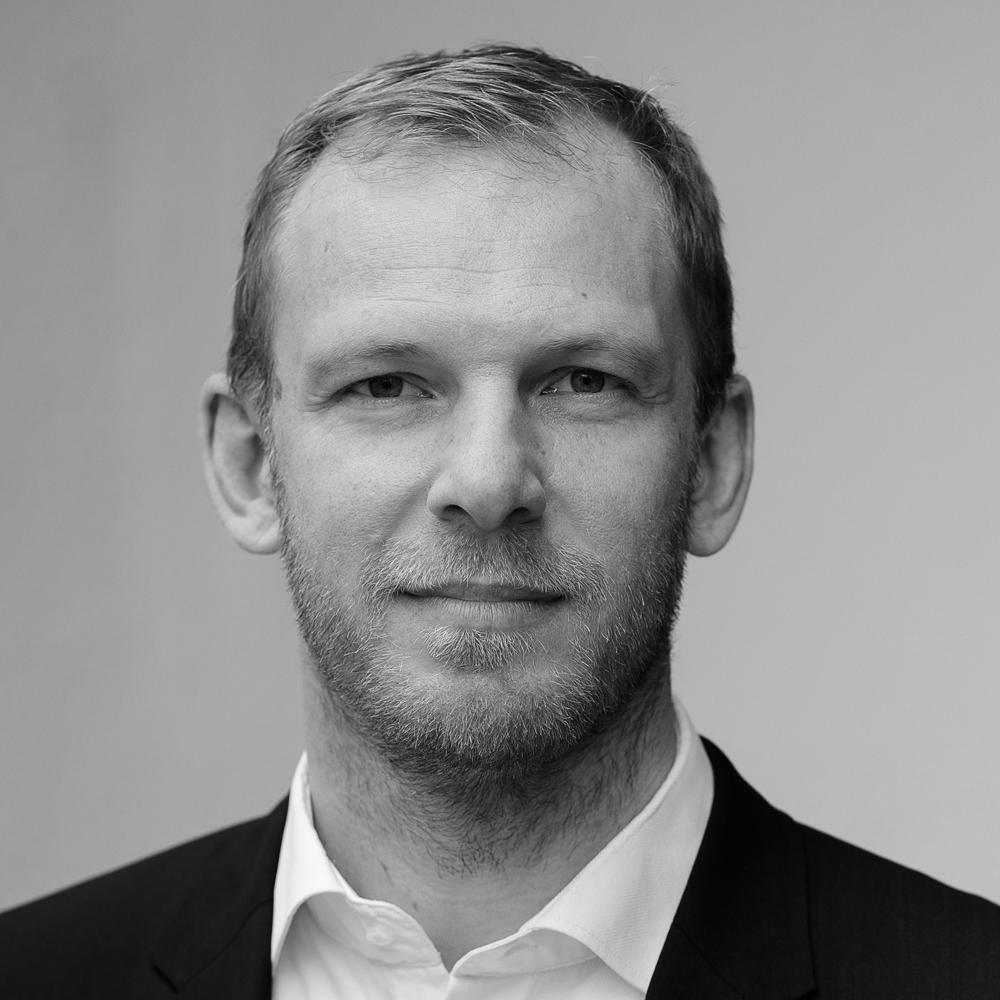
AI in the newsroom: Ippen.Media, Germany
The 1,000-article experiment and the consequences
It was an impressive test. On the evening of the German parliamentary elections, Ippen.Media used AI to create 1,000 journalistic online articles in three hours. And what nobody expected: Within the following five days, it generated more than half a million hits. ‘The prompts and technical AI infrastructure would also have allowed texts for all 10,000 municipalities in Germany,’ says Editor-in-Chief Markus Knall. Knall explains in Vienna what far-reaching insights the editorial team, sales and management have derived from this project and what prospects it offers for other media companies.
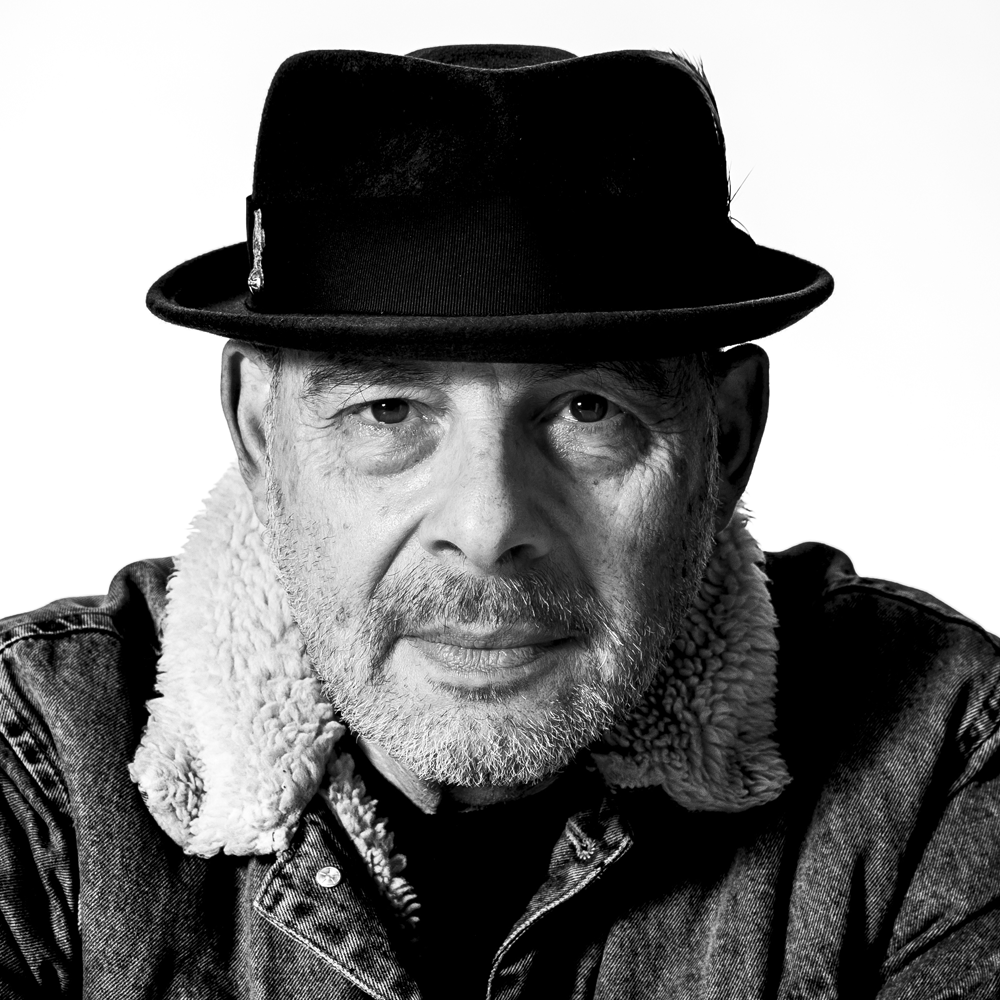
Digital transformation: Campaign, United Kingdom
A radical change in strategy leads to double-digit growth
In July 2020, at the height of the Covid pandemic and with revenues from events, print media and advertising plummeting, the British media company Haymarket considered its options. Why, they wondered, were all but one revenue stream in freefall? The answer led to a radical change in corporate strategy. The result is double-digit annual growth. Haymarket's creative director, Simon Kanter, explains what was done and why the UK media house's biggest brand, the bible of the global advertising industry, Campaign, is now the biggest winner.
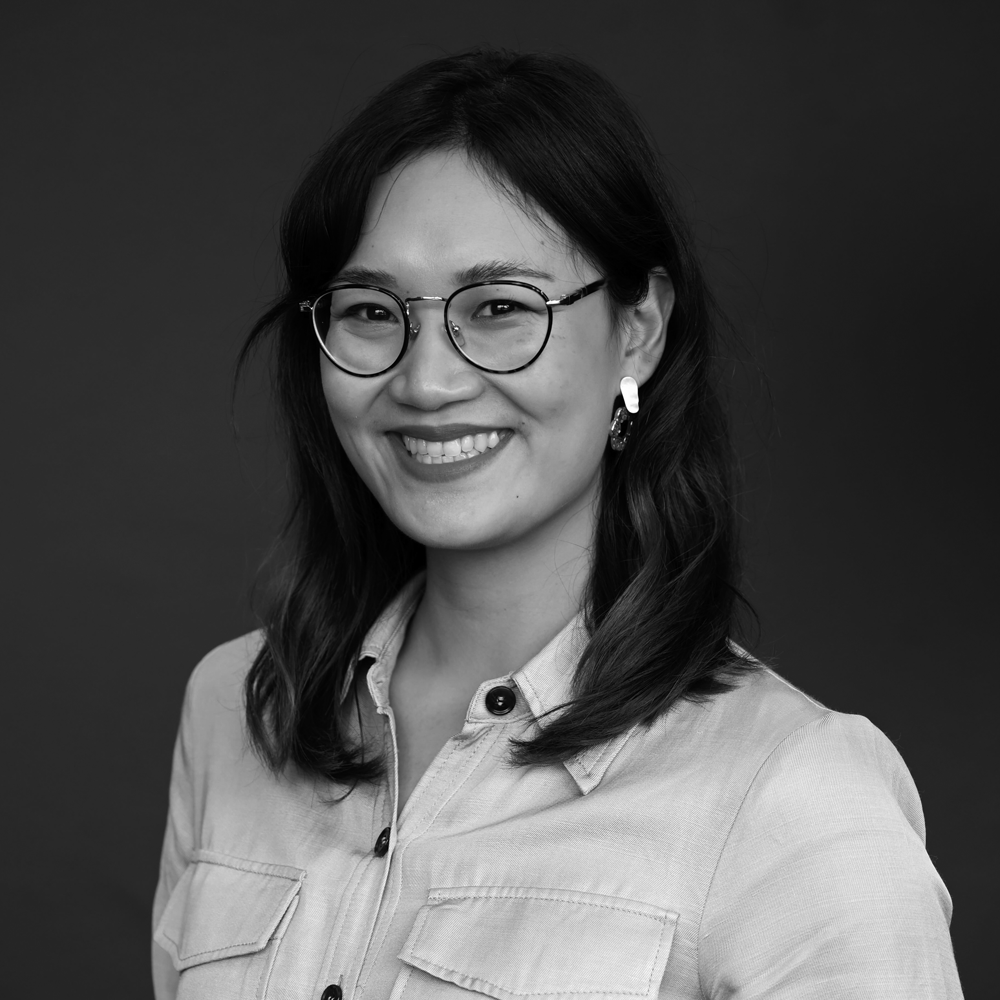
Digital transformation at the local level: Aachener Zeitung, Germany
Why journalists also bear responsibility for sales
Aachener Zeitung has been pursuing a consistent digital-first strategy for years. ‘The fruits of this strategy are impressive with 22,000 digital subscriptions,’ says Chief Operations Officer Julia Tran. In Vienna, Julia Tran explains the importance of structured onboarding of readers and why journalists in Aachen also take responsibility for sales. Aachener Zeitung has been part of the European Mediahuis Group since 2022.
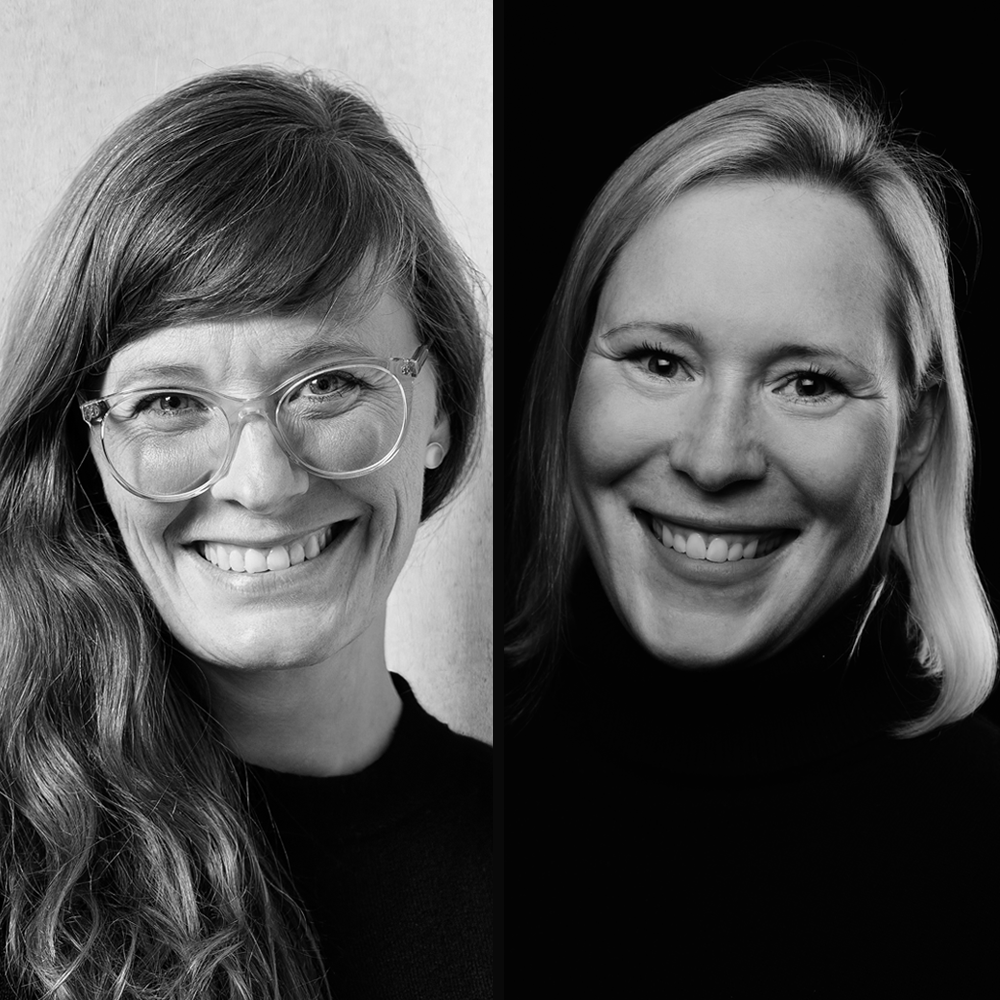
Digital transformation: stern, Germany
How stern transferred opulence and visual power to the digital world
The basis for the relaunch of stern.de and the stern apps was a new product vision. An important part of this was to transfer the visual power and quality of the magazine to the digital world. The aim was to make the digital products more valuable, attract loyal users and thus increase subscriptions. Conclusion after a few months: It works, but ... Steffi Dobmeier, Head of Digital Development and member of the stern editorial team, and Kristin Dorothée Kobel, Director Product stern/GEO/Capital, present the findings to date and the next steps.
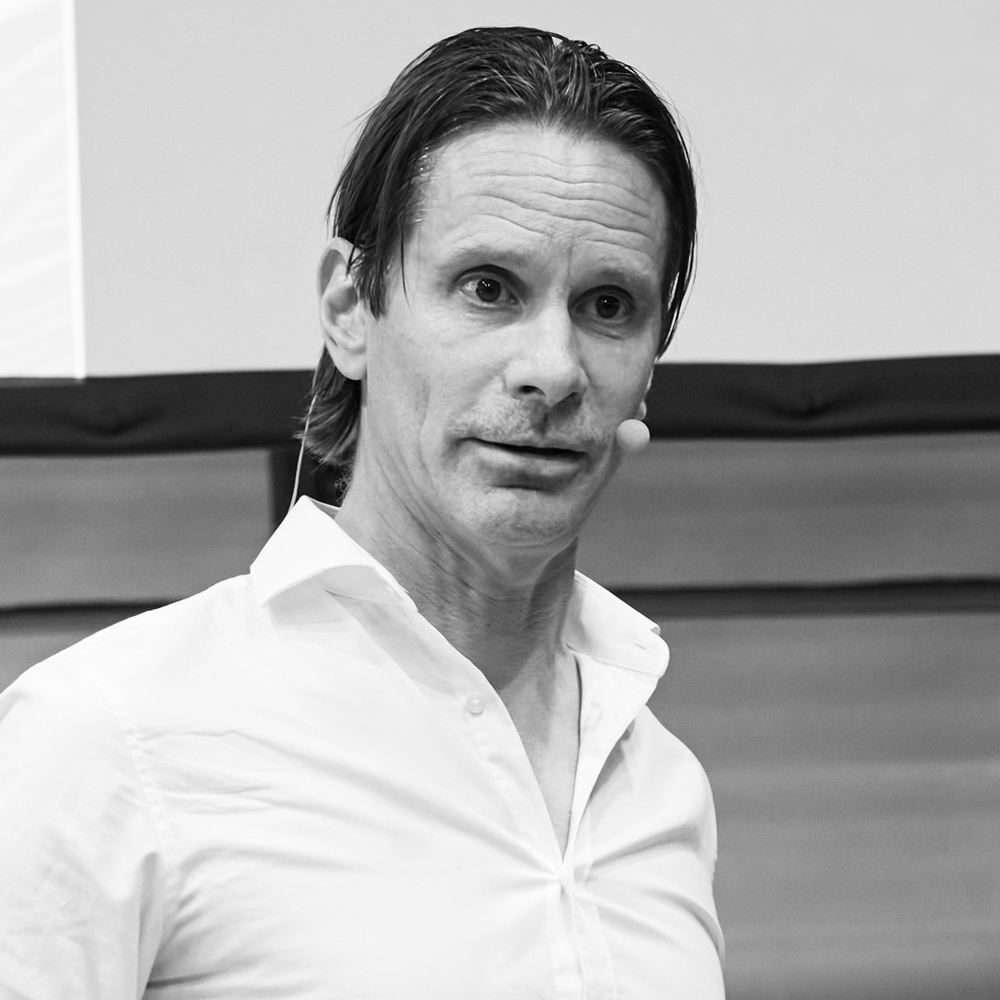
Young target group: Mediahuis, Netherlands
The bundle of the future - How a new media offering is designed to appeal to younger people
The Dutch publishing house Mediahuis has created an interesting product. ‘The bundle of the future’ is what GerBen van ’t Hek, Strategy Director Journalism at Mediahuis, calls it. It is a middle ground between a news website and a traditional e-paper. Suitable for younger generations with a UX design like Instagram, but at the same time a product with a beginning and an end. It can be a daily package or several (longtail) topic packages. Searchable, shareable and with all content formats (text, audio, video). GerBen van ‘t Hek reports on the first experiences with the new service.
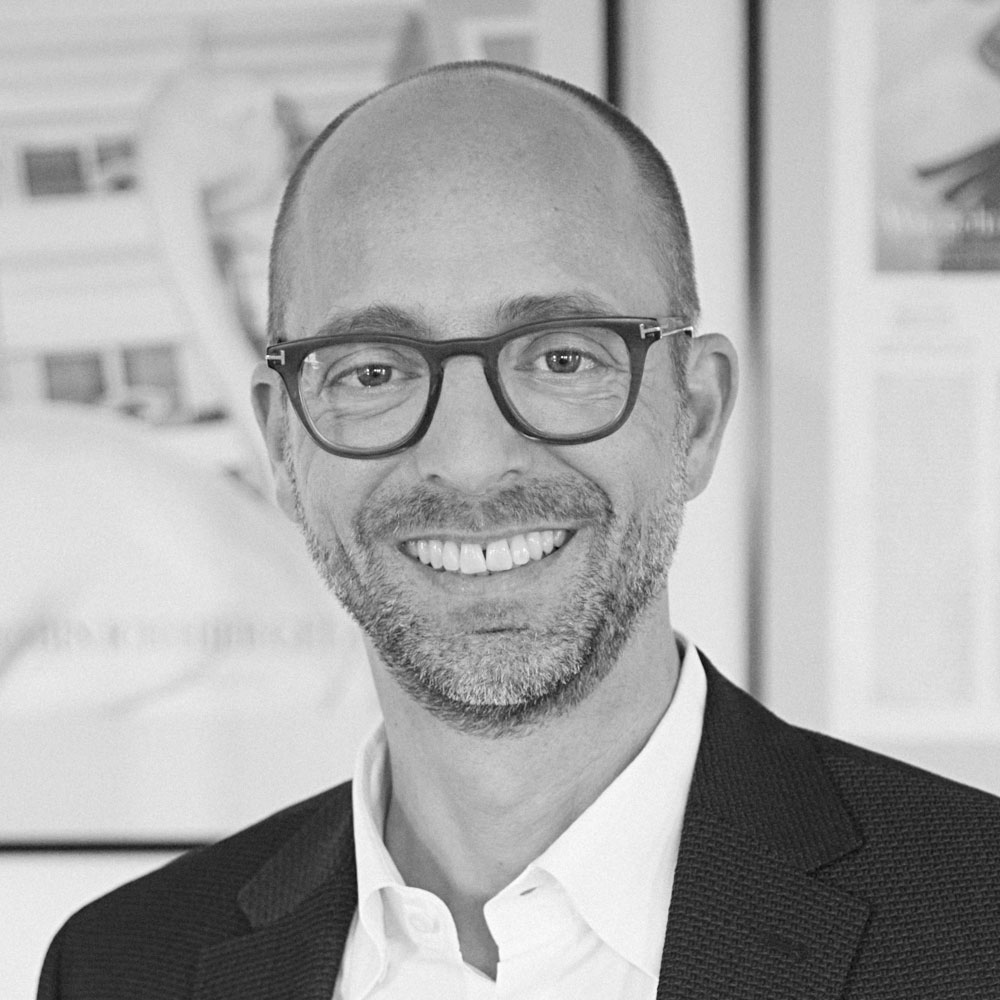
European Digital Publisher of the Year 2025: Die ZEIT, Germany
How Die ZEIT wants to continue to grow in the reader market
"Our positive development in the reader market is based on strong digital growth. At the same time, ZEIT's print circulation is also very stable," says Managing Director Christian Röpke. With 500,000 paid subscriptions, the German weekly newspaper is an exception in the reader market. Only a few manage to be successful on all channels. The majority of customers, namely 270,000, now have a digital subscription. And the digital share continues to grow significantly. Recently fuelled by a podcast and a games subscription. How do you manage to further strengthen the reader market? How does the content contribute to this, and what other factors? And what role does AI play? Details from Christian Röpke.
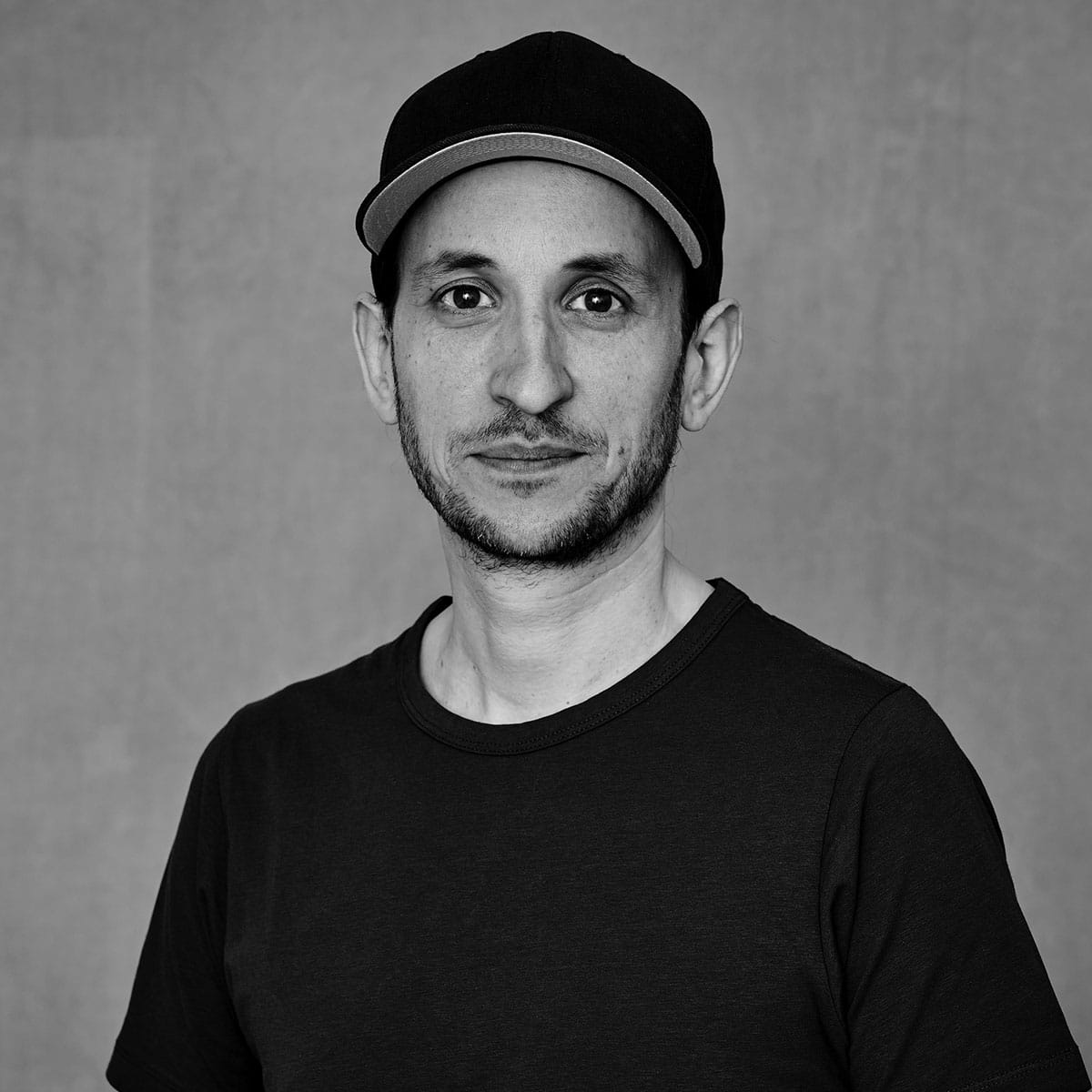
AI and audio: BosePark, Germany
From text to audio in real time with AI
How can we efficiently transform our content from text to audio and reach people who prefer listening to reading? Chris Guse shows what is already possible and how close we are to ‘AI agents’ that will ultimately make their own decisions. Chris Guse is the founder and managing director of BosePark Productions GmbH in Berlin. With over 250 podcast productions since 2017, BosePark is one of the largest podcast production companies in Germany. The company is currently developing the AI-supported and automated production of audio content for platforms such as Spotify and Apple Podcast.
At the European Publishing Congress 2025, BosePark Productions will also be demonstrating how audio to audio can be translated live into different languages. The ongoing sessions will be permanently summarised in text form and made available immediately afterwards as finished podcast episodes.
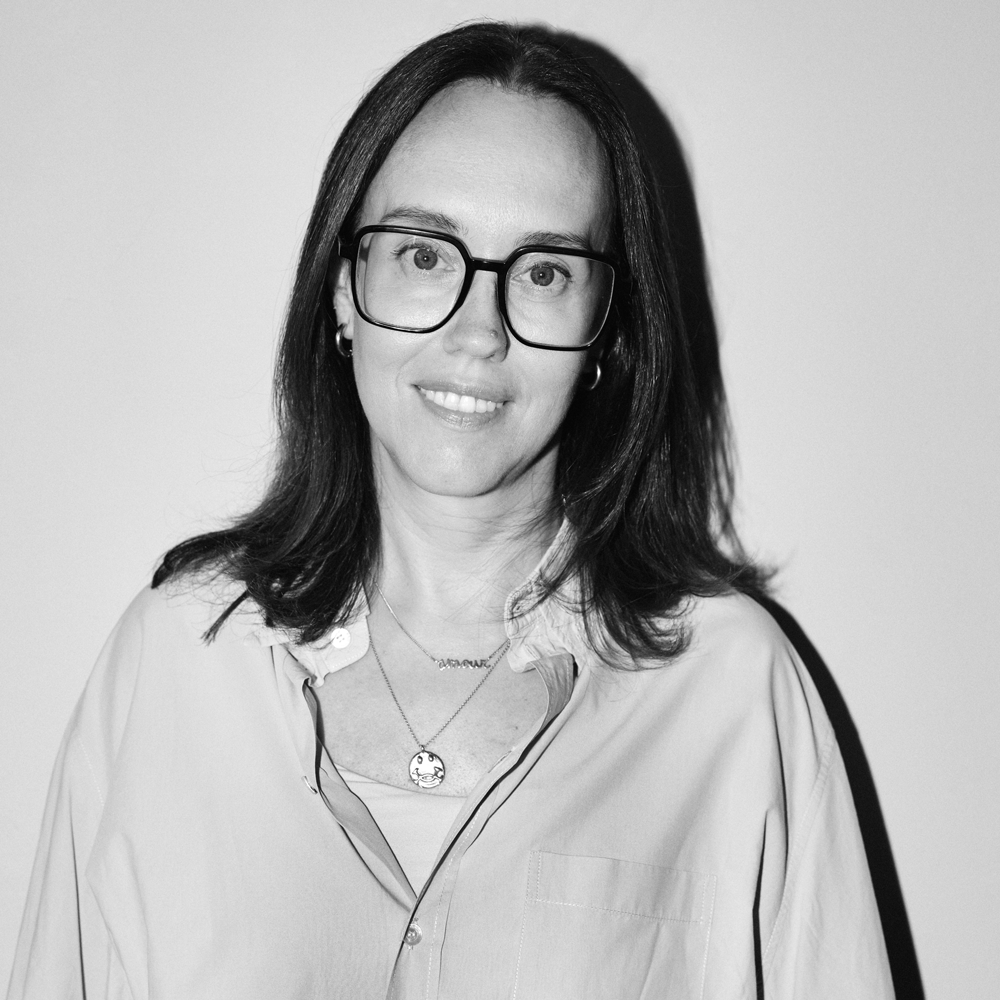
European Magazine of the Year 2025: Sabato, Belgium
The ultimate weekend feeling for a discerning audience
The Belgian magazine Sabato impresses with an enormous range of editorial topics. Each page appears unique and yet as part of a larger composition - including the design. Great, high-contrast photo spreads are supported by the highly creative and tasteful use of typography. "As the weekend magazine of the Belgian financial newspaper De Tijd, we have a very demanding audience. This drives us every day to create something unexpected, something aesthetic and luxurious," explains editor-in-chief An Bogaerts. How she gives readers a real weekend feeling, both in print and in digital form.
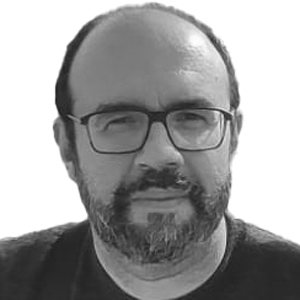
European Regional Newspaper of the Year 2025: El Periódico, Spain
How more than 20 newspapers operate a large, decentralised newsroom
It is an impressive logistical feat in itself, which also ensures maximum efficiency. More than 20 Spanish newspapers work together in a large, decentralised newsroom. This is where they produce their print and online editions. Joel Mercè Arjona is one of the people responsible for ensuring that the result is not assembly line work but exceptional quality. He is head of the design department at El Periódico and a member of the Prensa Iberica design committee. Over the past few years, he has helped to develop the current technical platform and strategy. In a nutshell: everyone concentrates on what they do best and takes the rest from the others. And in turn gets the best. Joel Mercè Arjona explains how this process is organised in Vienna. El Periódico was honoured as ‘European Regional Newspaper of the Year 2025’ for the work of its team.
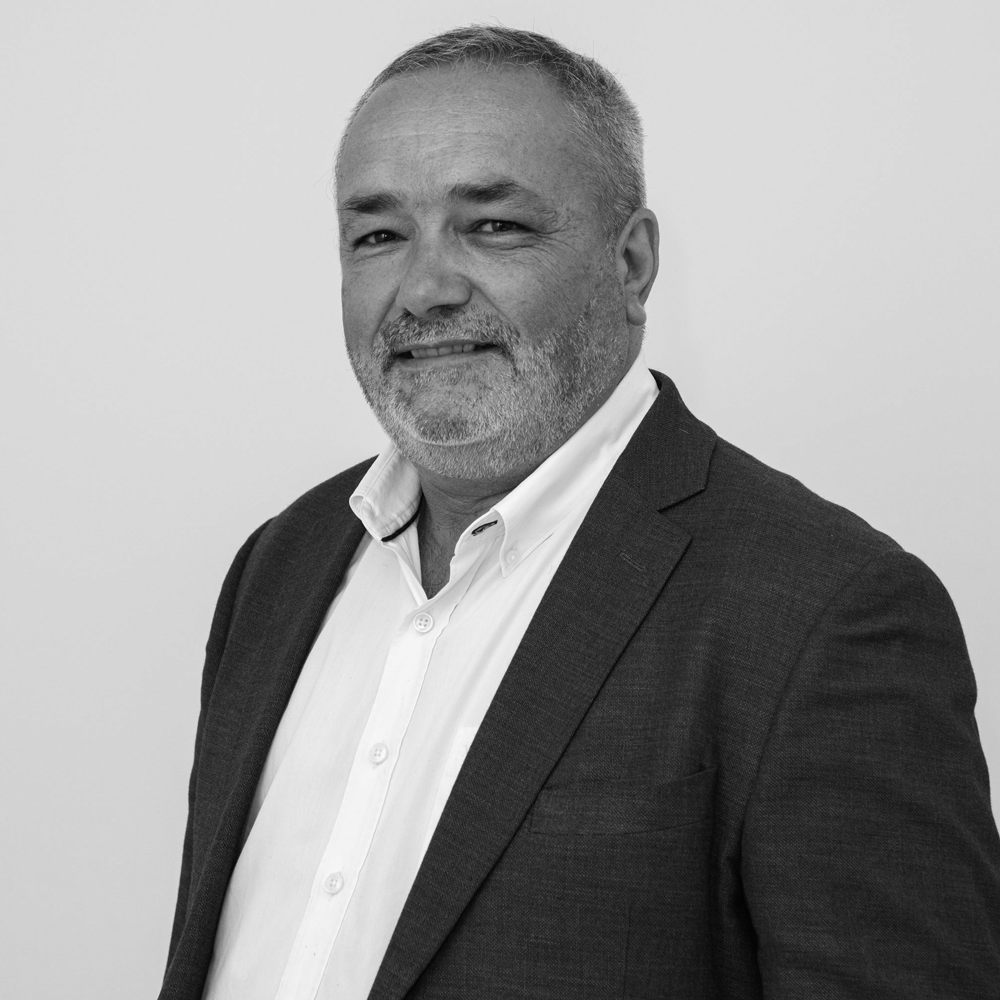
European Local Newspaper of the Year 2025: JM Madeira, Portugal
What else is important in the digital transformation besides technology
The digital transformation of a media company is not just a technical challenge. The integration of design, innovation and marketing are just as important. Managing Director Miguel Silva explains how the Portuguese local newspaper JM Madeira solved the task. JM Madeira is published in tabloid format with a print run of 5,000 copies. There are 39 journalists working for print and online. JM Madeira was honoured as ‘European Local Newspaper of the Year 2025’ for its clear and concise design on all channels.
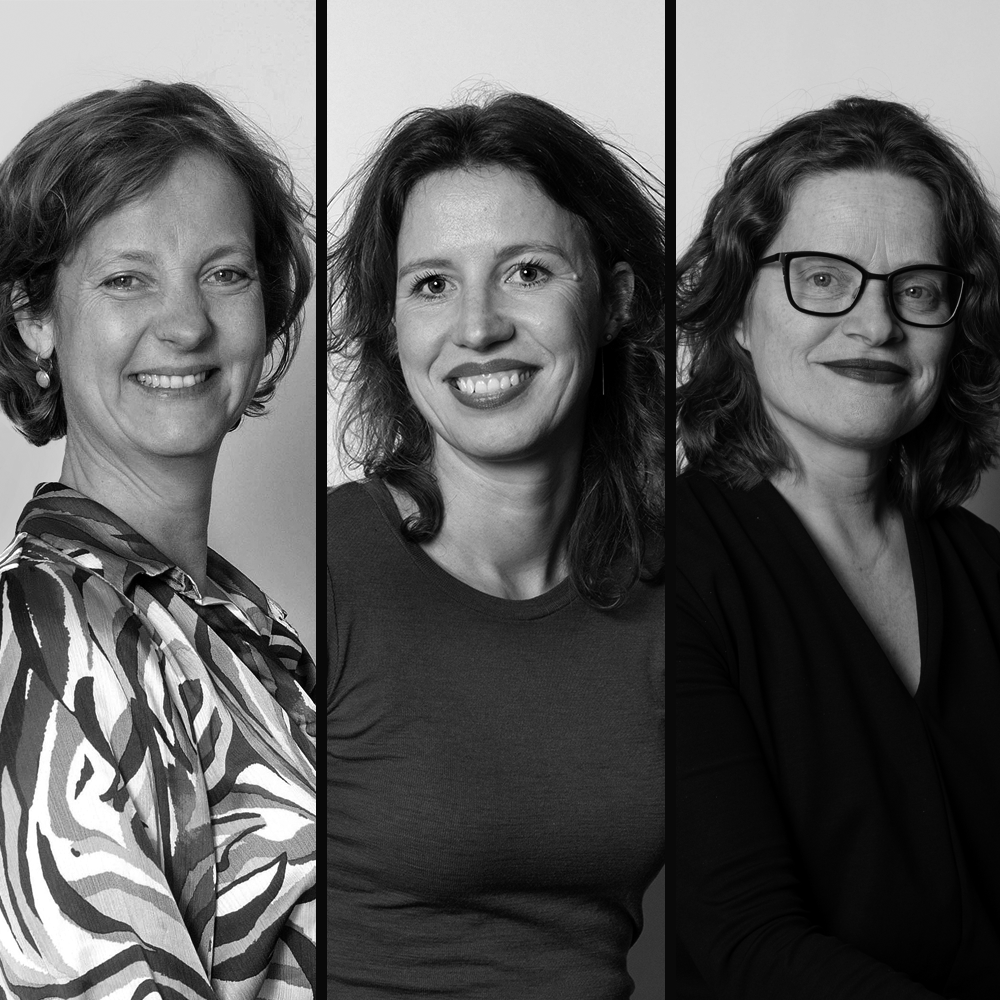
European National Newspaper of the Year 2025: Trouw, the Netherlands
Why we are storytelling at the highest level
In a world where democracies are going through difficult times and journalists and the public are struggling with disinformation and fake news, stories need to be reliable and accurate, including clear language. ‘At the same time, how we tell our stories, which images and graphics we use, is more important than ever,’ says Wendelmoet Boersema. The editor-in-chief of the Dutch daily newspaper Trouw has the support of designers, infographics experts, picture editors, photographers and illustrators. Together with art director Danusia Schenke and graphic designer Anita Huisman, the editor-in-chief explains how the editorial team visualises articles, which tools it uses and why it puts so much effort into online storytelling.
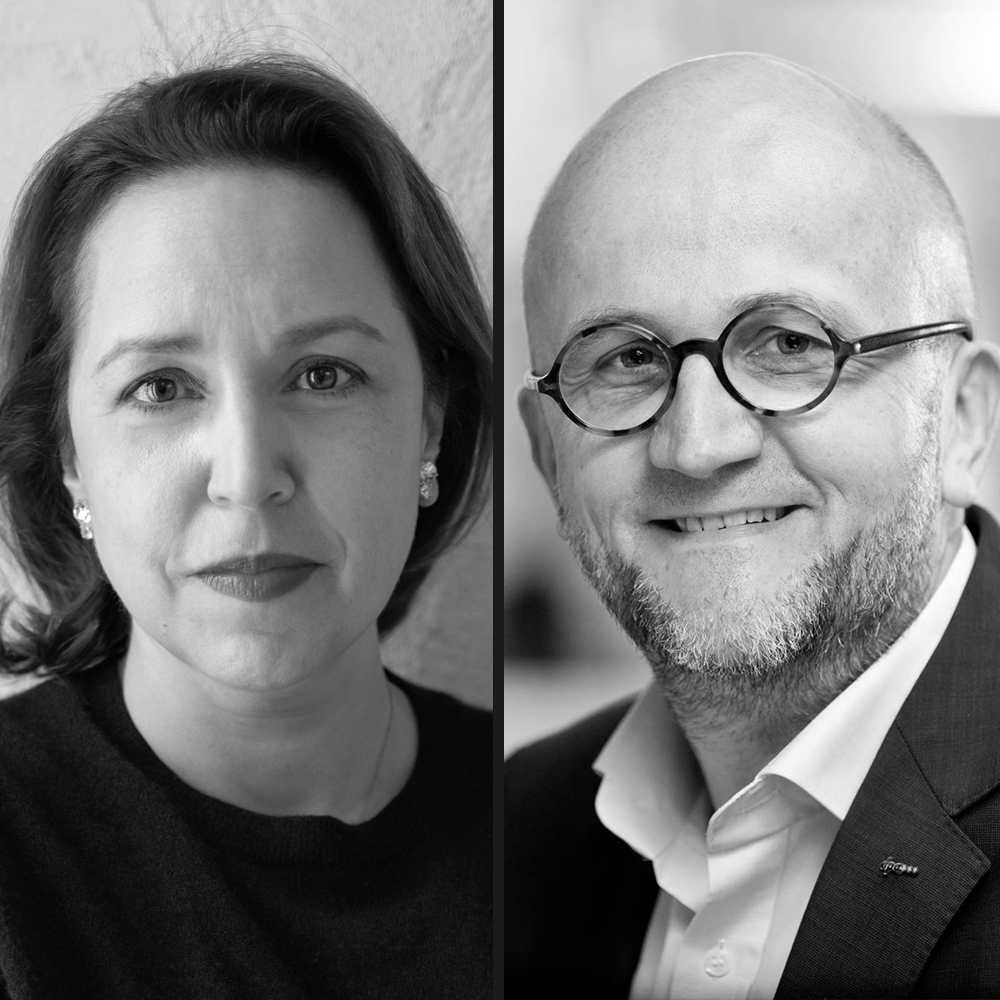
Local strategies in Germany
The day after - local newspapers without print
They collect data, data and more data. In a quantity and depth that media companies have never done before. More than 30 media companies from Germany, Austria and Switzerland have joined forces in the DRIVE project. They compare their results, derive findings from them, which they then implement and test again. The aim is to secure the future of regional media. A future in which paper will no longer play a role in local media. Cordula Schmitz, Editor-in-Chief of the Hamburger Abendblatt, and Meinolf Ellers, Digital Manager at Deutsche Presse-Agentur (dpa), explain the exciting findings of the work so far.
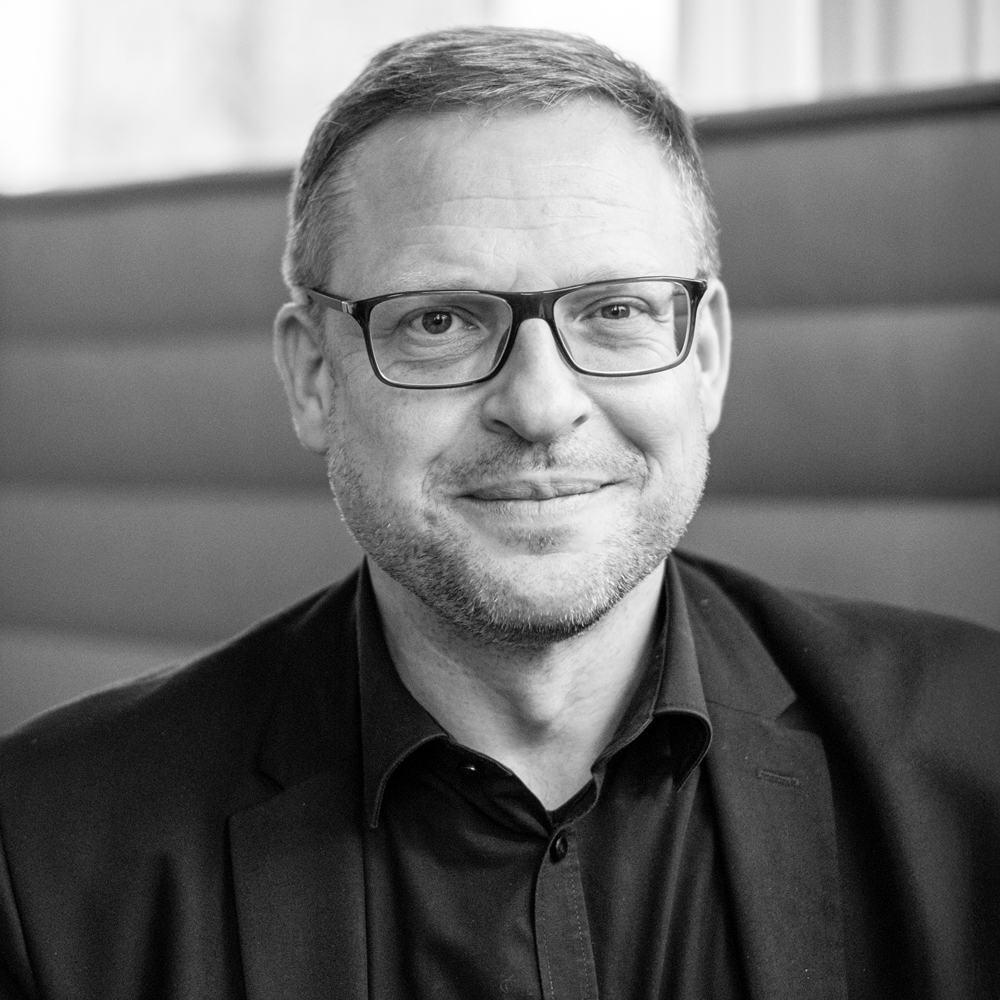
Paid content strategy: Schwäbischer Verlag, Germany
Is the Plus strategy for regional newspapers a mistake?
With 9,000 Plus subscriptions, Schwäbischer Verlag was one of the digital pioneers in Germany. However, it is proving very difficult to increase this figure further. ‘You have to invest a lot of money and get very little in return. The economic goals of a Plus strategy are a long way off, they may even be unattainable,’ summarises Lutz Schumacher. At the same time, Schumacher anticipates an accelerated decline of print. He therefore decided in favour of a change in strategy last year. The paywall on the publishing websites has since been abolished. But not paid content. The focus here is on the e-paper. What experiences has Schwäbischer Verlag had with this? What has proved to be forward-looking? What was a dead end?

Newsletter strategies in the USA
The new morning newspaper - How US publishers are successfully monetising newsletters
In the USA, journalistic newsletters are no longer just a channel for attracting users to your own website. They are increasingly becoming a business model in their own right with direct advertising and subscription revenues. According to a recent US study, a third of all readers of journalistic newsletters no longer use traditional media services. But they do read newsletters! Ryan Heafy, CEO of the successful local newsletter 6am City, predicts a massive shift of advertising money towards newsletters once publishers create the necessary inventory. Newsletter giants such as 6am City, Semafor or Axios, but also numerous small local media are increasingly focussing their growth strategies on newsletters, using a variety of tools and measures such as Facebook ads, building newsletter communities and advertising packages for newsletter advertisers. Ulrike Langer provides an in-depth insight into this.
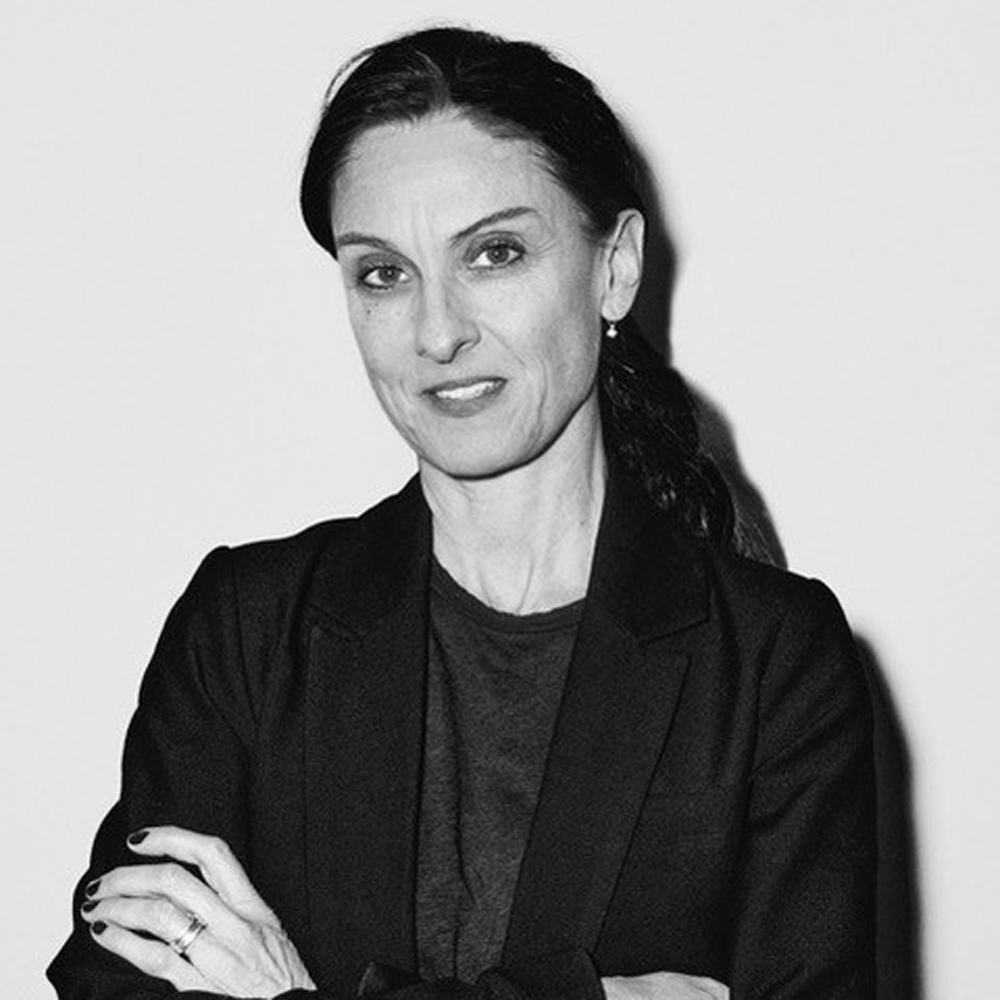
Trends 1
Where visual journalism and multimedia storytelling are heading
‘Even complex data, emotionally charged topics and challenging perspectives can be presented in a journalistically captivating way,’ says Marianne Bahl. As a jury member of the European Newspaper Awards, she has seen many outstanding examples this year, which she intends to present in Vienna. In addition, Bahl will show the most important trends in visual journalism and present particularly innovative approaches to multimedia storytelling. She runs her own studio, Bahl Visuel Strategi, in Copenhagen. She specialises in visual communication and the optimisation of work processes. As a designer at Politiken, Head of Design at Børsen and the magazine ALT for Damerne, she has many years of practical experience. She also teaches editorial design.
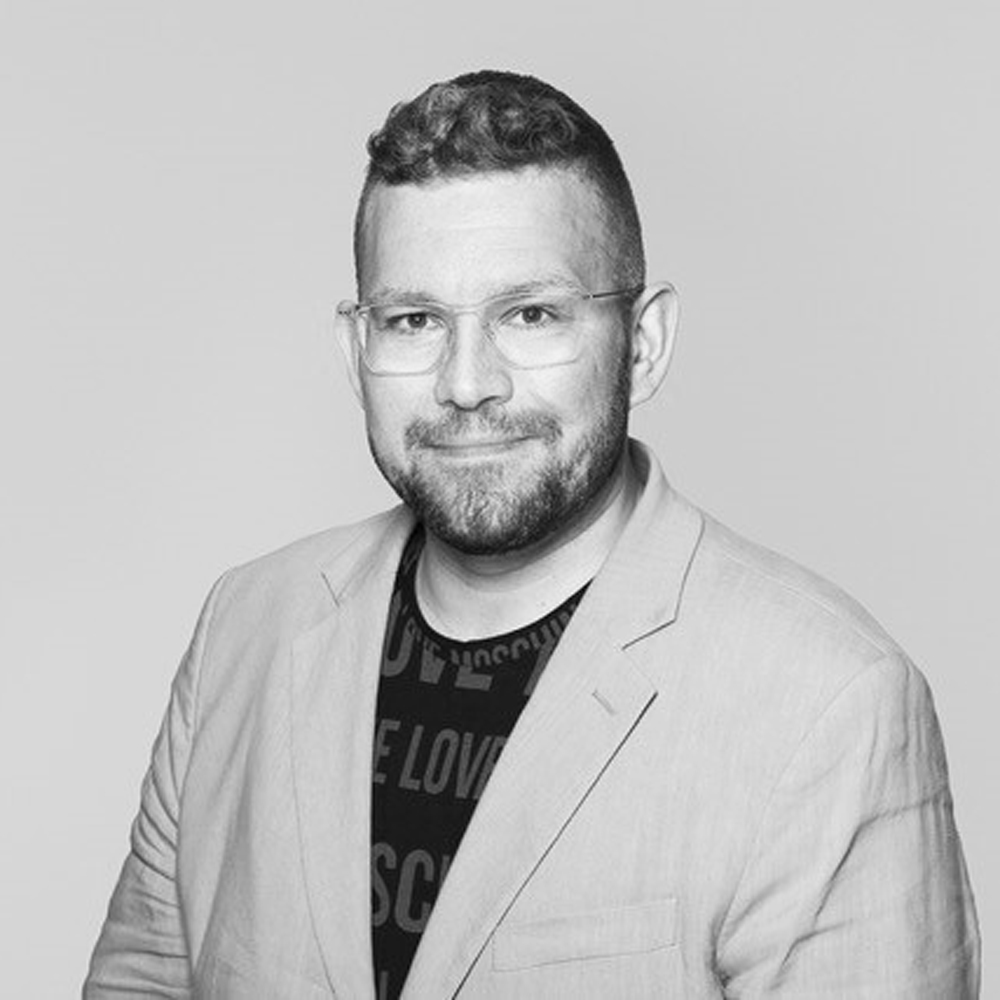
Trends 2
Data journalism and infographics on the web
Where does digital journalism stand today? What can we expect in the coming years? Björn Heselius will present practical insights and forward-looking strategies in Vienna. Outstanding winners of the 26th European Newspaper Awards will serve as examples. Data journalism and infographics on the web will be a particular focus. Heselius is a leading consultant for digital transformation and data, with a strong focus on innovation and sustainability. He has been a member of the European Newspaper Award jury for many years. He lives and works in Stockholm. Over the past twenty years, Heselius has worked with leading publishers to push the boundaries of storytelling and integrate cutting-edge technology and data insights into strategies.
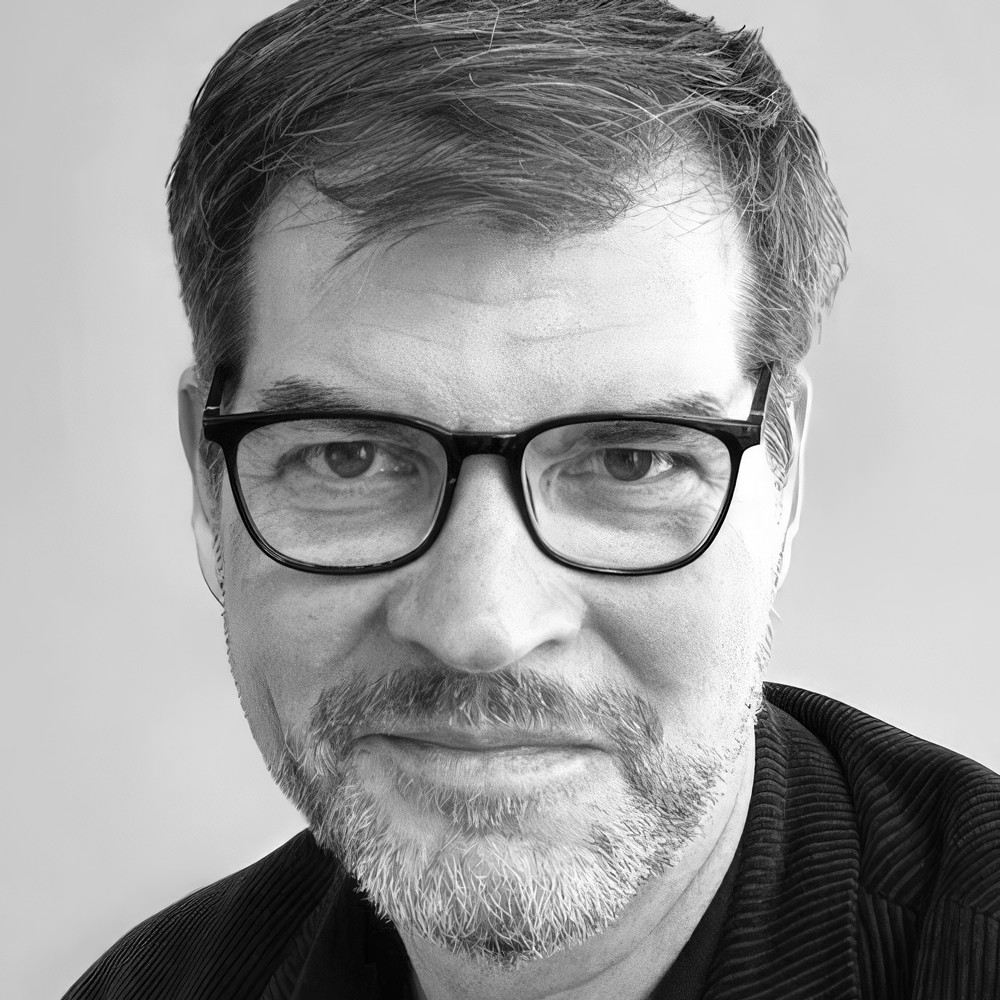
European Weekly Newspaper of the Year 2025: FAS, Germany
The key role of the Sunday edition in the FAZ's online strategy
With its mix of fresh perspectives, surprising topics and opulent storytelling, the Frankfurter Allgemeine Sonntagszeitung reaches a broad audience. But far more than just a weekly edition, the F.A.S. is an indispensable part of the Frankfurter Allgemeine's overall offering - an element that helps to expand its readership and strengthen its digital offerings. Holger Windfuhr reports on how it turns occasional readers into loyal subscribers, which topics achieve the best results and what the role of design is. He is Art Director of the Frankfurter Allgemeine Zeitung, the Frankfurter Allgemeine Sonntagszeitung and the Frankfurter Allgemeine Magazin. This year, the F.A.S. was honoured as ‘European Newspaper of the Year’ in the weekly newspaper category.

Key figures in the editorial office: Mediahuis, Netherlands
Time well spent - How Mediahuis wants to become more meaningful for its subscribers and take journalists with it in the process
Mediahuis has developed a different metric for measuring content. It is not page views that are measured, not attention time, but time ‘well spent’ by subscribers. This is the new metric that Mediahuis uses to evaluate its own journalism. GerBen van ‘t Hek, Strategy Director Journalism at Mediahuis in the Netherlands, explains how readers react to this and how the work in the editorial department is changing.
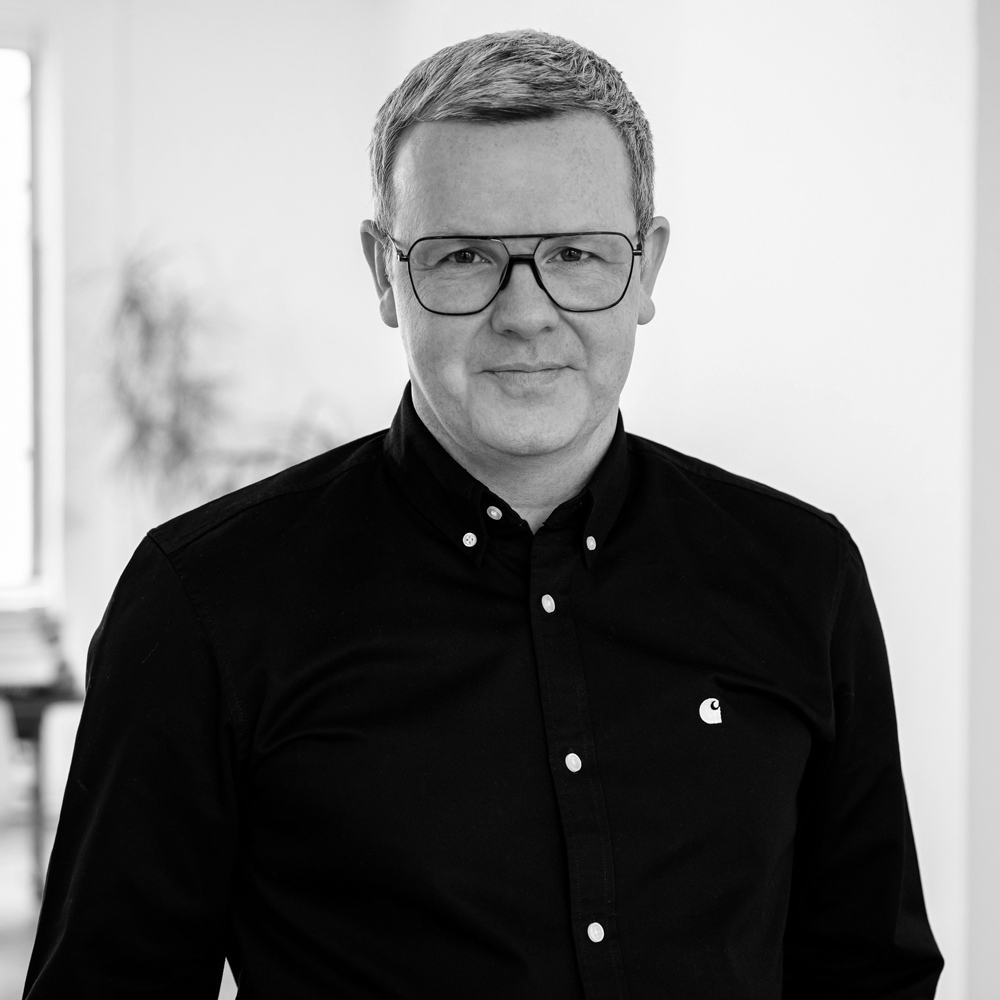
RND digital strategy
How publishers are making their digital business fit for the future
Time is running out for those who don't have a business model for financing journalism in the digital world. What is needed? The right interplay between editorial, sales, marketing and systems. RND manages the digital business for 30 media brands on its publishing platform for regional publishers, RND OnePlatform, and thus ensures growth. Patrick Roelofs, Head of Digital Business and Operations at RND, explains what this looks like.
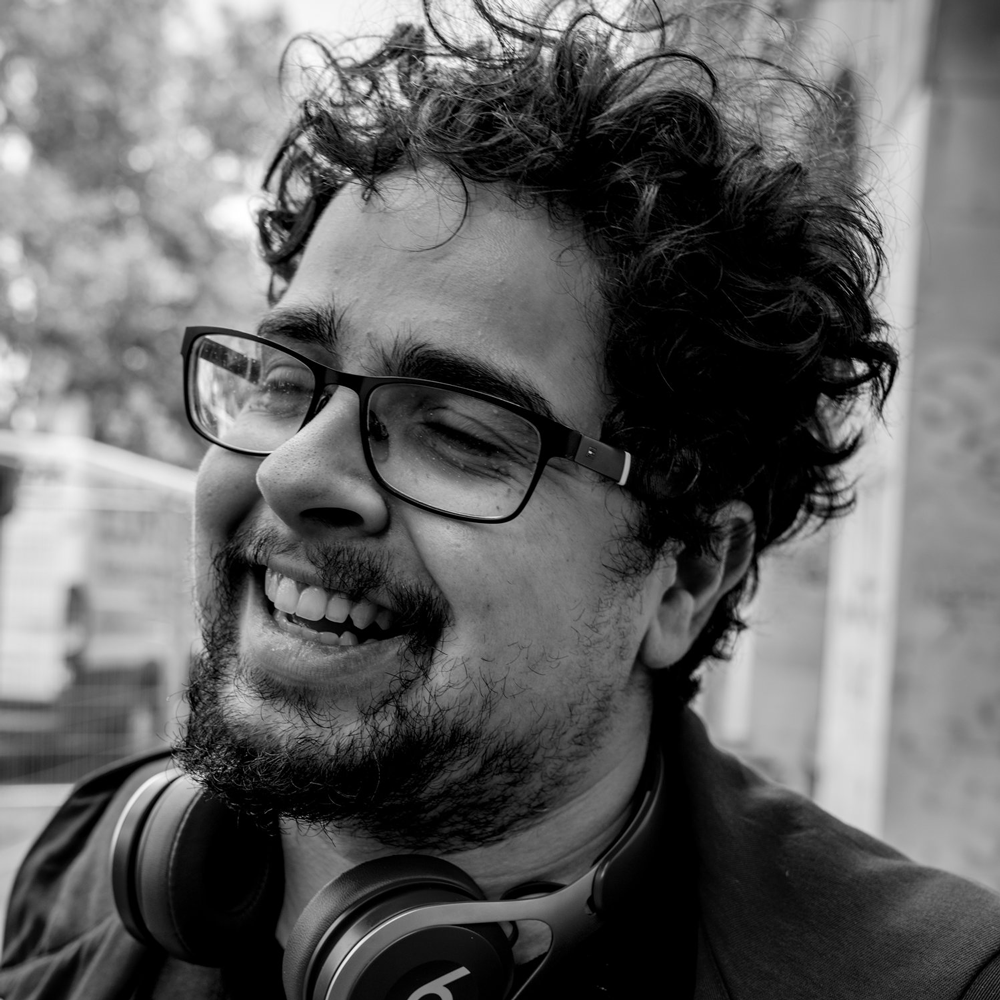
Young target group, young media brands
What does a creative actually do in a media company? And how do you talk to squirrels?
Traditional journalism is dead. Long live content. But how do you address the young target group? And has journalistic work really become irrelevant? The young brands (Buzzfeed, INGAME and Einfach Tasty) from IPPEN.MEDIA have also asked themselves these questions - and found a clear answer. Entertainment value and the reaction factor reign here, so as not to lecture the target group but to talk to them at eye level. Social first is the motto, but what does a creative actually do in a media company? These questions and more are answered by Davide Zicca, Creative Strategy Lead of the Young Audience at IPPEN.MEDIA - who went from being a Vatican chauffeur to advertising and finally ended up in the media world.
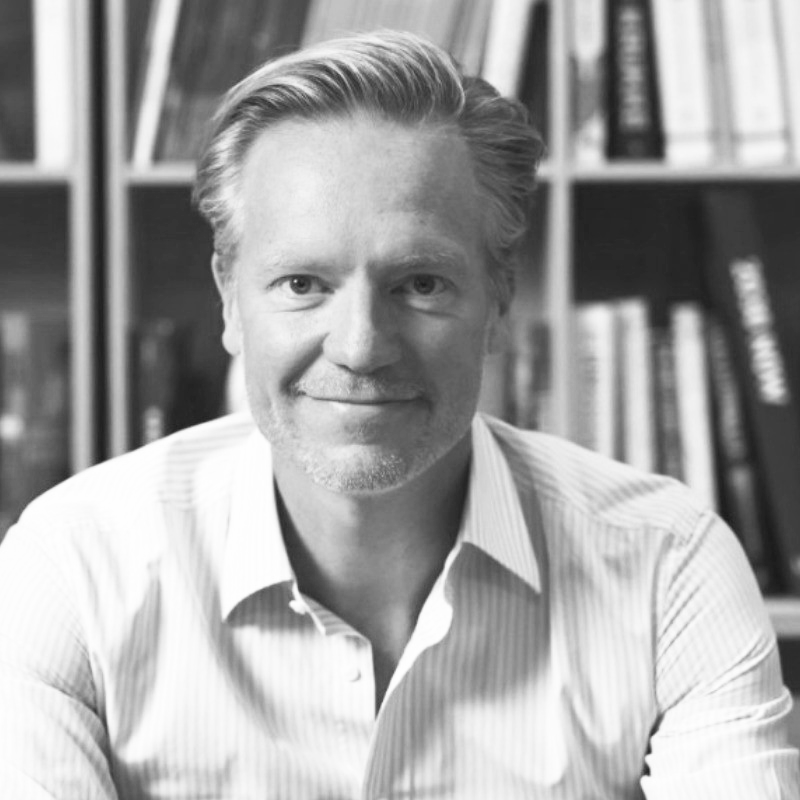
Digitale Transformation: Zetland, Dänemark
Digital journalism without clickbaiting and for members only
Eight years after it was founded, the Danish news portal Zetland has 42,000 paying members. For 18 euros a month, it provides a news overview every morning, one or two in-depth topics and one topic of the day. And nothing else. ‘We focus on the defining issues of our time, not on what happened five minutes ago,’ writes Zetland on its website. And that seems to resonate, even with young people. A third of paying members are under 33, and part of the success is the opportunity for discussion. With real names and led by the respective journalist or journalists of the respective contribution. Incidentally, they are also responsible for the audio realisation, as each story is offered as an audio version. Not with an AI voice, but as the respective author tells the story. It doesn't get more authentic than that. The concept was launched in Finland at the beginning of the year. 15,000 members are already paying. Managing Director Tav Klitgaard explains what plans Zetland has.
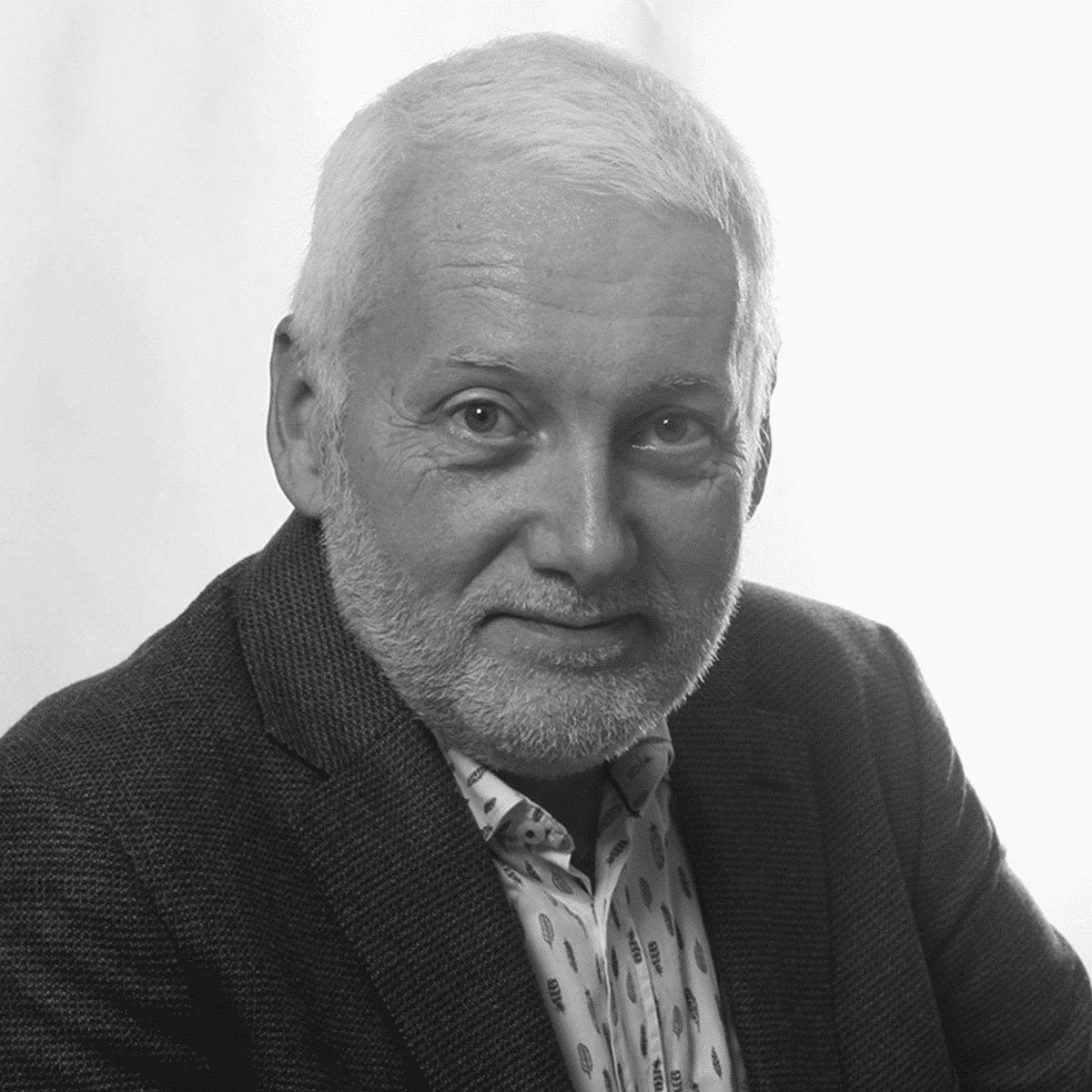
Design strategies in Europe
The best role models: Avoiding routines with design and concept
Print continues to play a major role for most newspapers in Europe because older readers prefer the printed edition. However, there are clear differences in concept and design. Newspapers in the Netherlands and Belgium rely on a very sophisticated magazine layout with in-depth cover stories. Visual storytelling and infographics are a matter of course. The same approach can be seen in Spain and Portugal. National newspapers in German-speaking countries are now also following this trend. In Scandinavia, a strong visual presence is mainly achieved through the use of photographs. And then there is a middle ground, predominantly regional newspapers. Time has stood still there. Longer texts are barely broken up. And the few that deliver exceptional work are even fewer. A slide into routine is to be expected. Norbert Küpper, founder of the European Newspaper Congress and organiser of the European Newspaper Award, shows how this can be counteracted with manageable effort.

Subscription strategies in the USA
Breaking through the glass ceiling - How US media are using AI to convert casual users to paying subscribers and reduce churn
Acquiring new subscribers is becoming increasingly costly. As a result, US publishers are increasingly focusing on making tailored offers to occasional users as well as maintaining existing subscribers and optimising their lifecycle. This session by Ulrike Langer will focus on the most successful strategies of US newspapers such as the New York Times, Washington Post and Dallas Morning News, which are using AI to break through the glass ceiling in terms of subscriber numbers. The measures range from individualised onboarding measures and special content to train usage habits to intelligent offboarding. After all, former subscribers are also potential new subscribers if you take a strategically skilful approach to saying goodbye to them.
